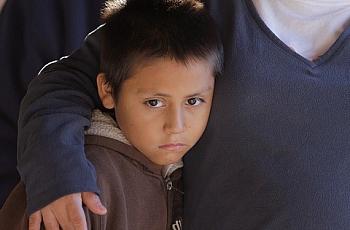
Jason Kane
Reporter-Producer

Reporter-Producer

Southern California's Orange County has a reputation as an affluent playground, making the county's food insecurity stats all the more surprising. That kind of juxtaposition between a locale's perception and reality can make for powerful stories that grab audiences and start conversations.

When school ends each year, so do the free and reduced-price meals that most low-income Washington, D.C. families rely upon for basic nutrition. To fill the gap, the city's Dept. of Parks and Recreation manages more than 200 feeding sites throughout the city. The benefits go beyond nutrition.

Many home visiting projects throughout the nation received a big financial boost under the Affordable Care Act to bring basic preventative services, including healthy eating, directly to low-income families.

In Arkansas, an alternative to the Affordable Care Act’s Medicaid expansion uses federal dollars to purchase private health plans for low-income residents who fall in a coverage gap. But now, as other states consider following suit, the Arkansas law, could end unless it is renewed by lawmakers.

Many of the nation's hungry children live in big cities like Los Angeles, New York, Houston and Chicago, according to Feeding America. But among the top places for childhood "food insecurity" are a few surprises, including Orange County, California.
For a nation that produces more food per person than any other in the world, the United States has a major problem with hunger — and it only grew worse during the recent recession and its aftermath.